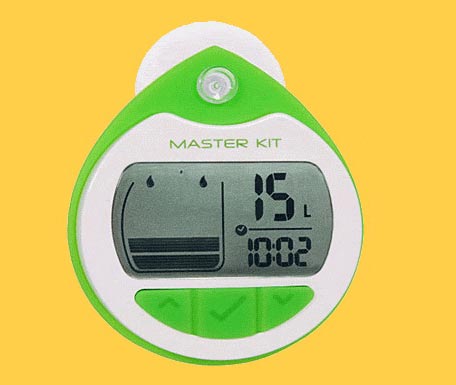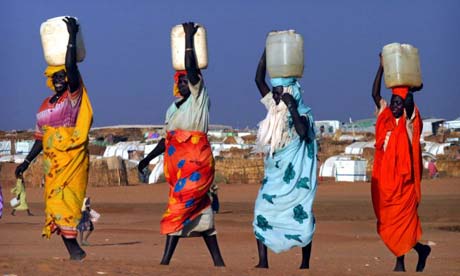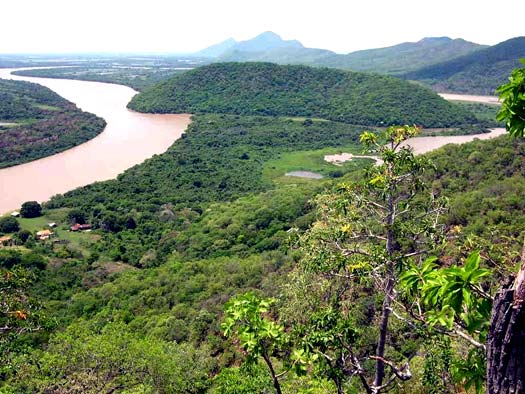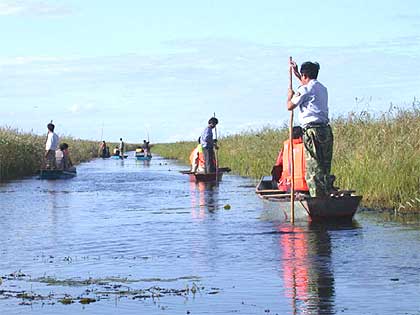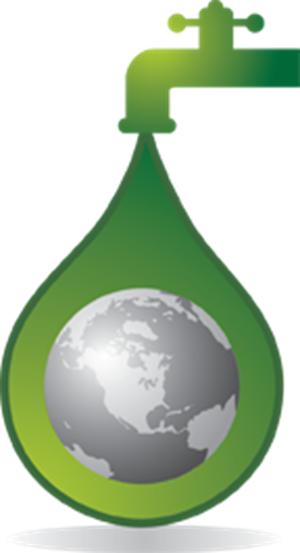1. Shower Timer
Did you know that a ten-minute shower consumes at least 120 liters of water? That sounds like a lot, especially if there are four people living in a house. If each of them is in the habit of taking a shower twice a day, that amounts to 960 liters used daily just washing. Reducing shower time by only two minutes would help a family of four save up to 192 liters of water per day. You don’t need a waterproof stopwatch to do this – a shower timer would work perfectly. You program your shower time, and when the time’s up, the timer lets you know with a nasty loud buzz. Read more







